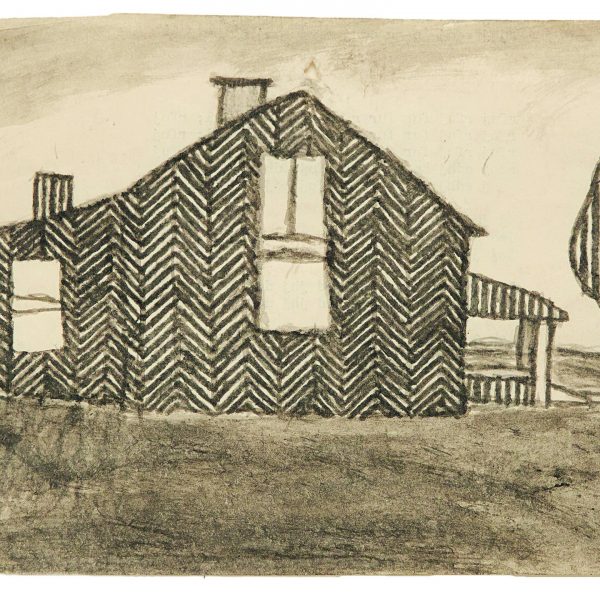Mapping a Great Crime Against Humanity
One of the most haunting global events hangs not in the memory of any one temporality, but across geopolitical borders, oceans, and time, involving people of all nationalities, even when they did not yet formally exist, and pulling international economies and social infrastructures along in its wake.
 It is the story of the transatlantic slave trade. From the start of the sixteenth century and lasting over three hundred years, approximately 12.5 million African slaves were trafficked and enslaved from one Atlantic coast to another. The information compiled in the R.R. Hawkins Award-winning Atlas of the Transatlantic Slave Trade, edited by David Eltis and David Richardson, originates from the extensive online database at www.slavevoyages.org, an open access site sponsored by the National Endowment for the Humanities, the W.E.B. DuBois Institute for Afro-American Research at Harvard, and Emory University. When the Atlas was published last fall, Eltis remarked that “there isn’t a single port of any size, anywhere in the Atlantic that wasn’t connected to the slave trade in some way.” In great detail, the nearly 200 color maps document the paths of Europeans, Africans, merchants, slaves, and human life, showing how and when so many people went from port to port, hub to hub, as the many regions developed and evolved over the history of the slave trade. Never before has the forced migration from Africa to the New World been told with such a complete picture, in numbers and in words, of what Foreword author David Brion Davis calls, “one of history’s greatest crimes against humanity.”
It is the story of the transatlantic slave trade. From the start of the sixteenth century and lasting over three hundred years, approximately 12.5 million African slaves were trafficked and enslaved from one Atlantic coast to another. The information compiled in the R.R. Hawkins Award-winning Atlas of the Transatlantic Slave Trade, edited by David Eltis and David Richardson, originates from the extensive online database at www.slavevoyages.org, an open access site sponsored by the National Endowment for the Humanities, the W.E.B. DuBois Institute for Afro-American Research at Harvard, and Emory University. When the Atlas was published last fall, Eltis remarked that “there isn’t a single port of any size, anywhere in the Atlantic that wasn’t connected to the slave trade in some way.” In great detail, the nearly 200 color maps document the paths of Europeans, Africans, merchants, slaves, and human life, showing how and when so many people went from port to port, hub to hub, as the many regions developed and evolved over the history of the slave trade. Never before has the forced migration from Africa to the New World been told with such a complete picture, in numbers and in words, of what Foreword author David Brion Davis calls, “one of history’s greatest crimes against humanity.”
Here is a video with Eltis explaining more about how this monumental project and achievement of scholarship contribute to our modern understanding of societies on both sides of the Atlantic.
[youtube=http://www.youtube.com/watch?v=Lbf1COddno0]



